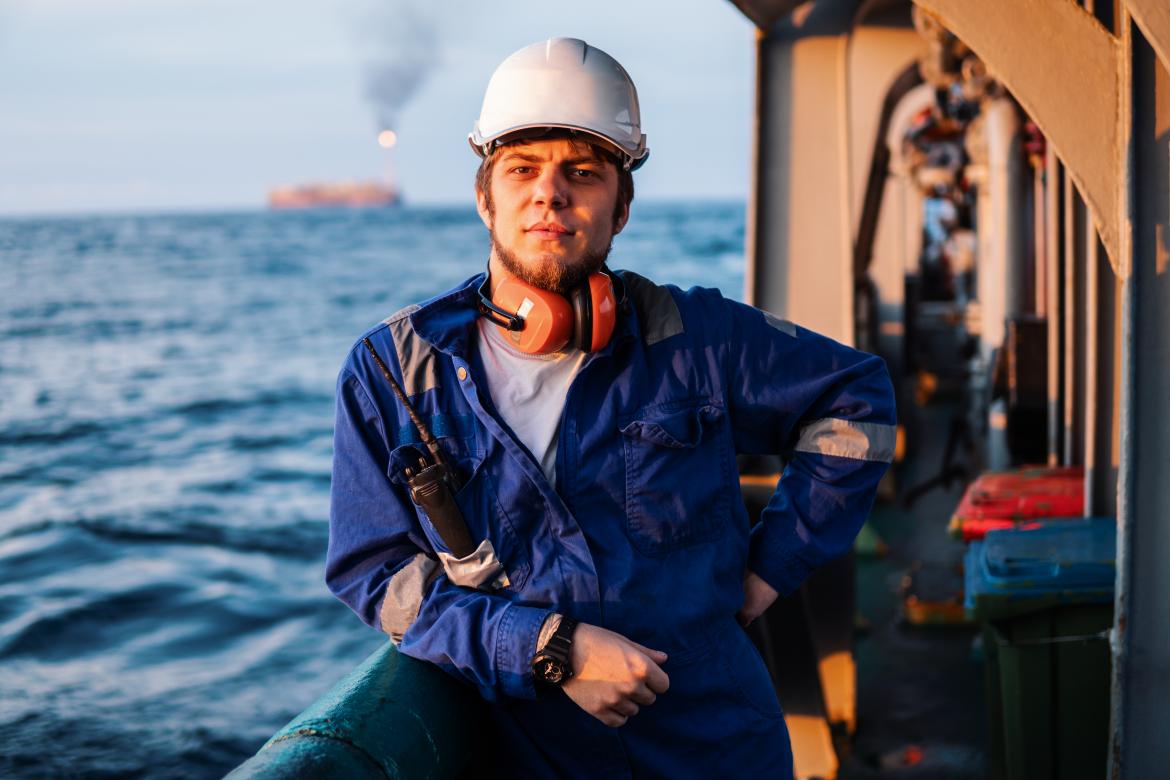How acceptable is unacceptable?
Over time, seafarers may develop informal practices and shortcuts to circumvent deficiencies in equipment design, poor procedures or policies that are incompatible with the realities of daily operations. If seafarers are continuously exposed to these practices, they are more likely to perceive the risks as low. This leads to a situation where poor practices and risky activities repeated over time are perceived as being normal.
Additionally, if supervisors and operators allow risk-taking behaviour to continue unchecked and have not effectively addressed these poor practices or shortcuts, these practices will often be deemed as acceptable behaviour by seafarers. This can create unsafe and poor working conditions onboard.
Importance of safety culture
Safety culture broadly refers to the shared perceptions of safety policies, procedures, behaviours and practices of seafarers and the companies in which they work. It is now well known that safety culture is a significant determinant of safety outcomes and is a leading indicator of accidents and injuries. It is important to note that having a safety procedure does not create a safety culture.
Seafarers carry out tasks in a cross-cultural working environment. To establish a positive safety culture, operators need to recognise cultural biases that may arise due to the different cultures of the seafarers and shore-based staff as doing so will ensure they can effectively address these differences or barriers.
Safety culture cannot be established without clear leadership and a prioritisation of safety. Effective leaders communicate clearly on safety standards and hazard identification and motivate the shipboard team to make safety a priority.
Communication and consultation4
When a risk has been identified, it needs to be controlled. Both the identification and implementation of risk controls are likely to be more effective when different perceptions are recognised and taken into consideration. It is important that the seafarers on board are consulted and that their views together with other knowledge of risk are taken into account in the risk management process.
People’s individual perceptions may influence5:
- willingness to consider new information
- confidence or trust in such information
- the relative importance given to information.
Effective communication and consultation will ensure everyone involved understands the basis on which decisions are made and the reasons why particular actions are requested.
Commitment to safety
The success of a safety culture depends on cooperation and commitment from all involved and this commitment to safety must come from the top.
Leaders can start by ensuring tasks are adequately supervised, training is provided, workload and fatigue are managed effectively, and policies clearly prioritise safety above time pressures. Seafarers can contribute by following procedures, always using safety equipment, reporting defects, not taking undue risks because it takes less effort and remembering that even work that is done frequently can be dangerous.
This in effect leads to all parties being committed, not just because of rules and regulations but through individual choice, to safe actions and behaviours at all times, both during work and recreational activities on board.

Footnotes
4 AMSA (2016) Maritime Safety Awareness Bulletin – Issue 6: Managing risk to safety.
5 Standards Australia (2010). HG 327:2010 Communicating and consulting about risk.